This post is a part of a new series on my site entitled “Dear ______,” where I plan to write letters to sometimes specific and other times general people. If you want to read more of these, you can see the ones I’ve written thus far here.
Where to begin. As an author, I’m supposed to be good with words, but holy smokes folks, this story is so #$%&#* that it’s difficult to know where to begin. Fair warning: This will be long, but worth the read.
Dear Currently Unnamed Home Restoration Company,
I truly hope that what happened with my home was a rarity, a fluke that will never, ever happen again, but your business model says otherwise. There’s nothing better than playing games with friends in your game room, an experience that is ruined when you set foot in several inches of water in your stairwell–bare feet slapping around in the puddles as I stared in shock.
Where was the water coming from?
It wasn’t the hot water heater. A hand to the wall discovered wet and brittle drywall half my height tall. Several steps worth of carpet held water. The only thing on the other side of that wall was a bathroom shower, so it had to be that. Though why was it leaking? How?
Like most people, I called my insurance company, who were quick to tell me I had two options while I awaited an adjuster:
- I could research and find my own contractors to use for all the repairs and restoration, or…
- I could use the restoration company contracted with Metlife. They would send out a crew to clean up the mess and then handle all contractors needed to fix the damage to my home.
I’m a busy person, so like most, I opted for the second choice–something I regret to this day.
On the plus side, your restoration company immediately scheduled a clean-up crew to come out the following day. They deduced that the water was indeed coming from the shower. As long as we didn’t use the largest and best shower in the house, everything would be roses. Until then, the company would clean up the mess and await the adjuster. They moped up the water, tore up the wet carpet & padding, cut out the ruined dry wall, removed a lot of wet baseboard, removed parts of the shower, and hooked up the loudest fans we’ve ever heard. (Unfortunately, this was not our first experience with these fans…) This is also where everything went down hill…
Our game room was off-bounds for several days while everything dried out. When the insurance adjuster arrived, she determined that we needed to gut the downstairs bathroom (new shower lining, new tile, new paint, etc.); replace the carpet in the downstairs stairwell and bar area, plus the staircase itself; replace the baseboards in the stairwell; and replace the drywall in the stairwell, bathroom, and closet. Insurance would cover everything except our deductible.
A note that will be important later, our insurance company paid your restoration company directly for the emergency service. Having both companies in constant, easy communication made life easy for us. We loved that you, the restoration company, would “handle everything.” I laugh and cringe to think about that now.
What no one tells you about these “all-service” restoration companies is that they hire sub-contractors to do all of their work, often at the lowest possible bid. I’ll be honest when I say that most of the people who traipsed through my home were grossly incompetent at best.
I was told in writing that the complete repair and renovation would take 3-4 weeks and cost me nothing but my deductible and some time away from work. What a sweet summer child I was to believe you. Your case-worker assured me that this would be an easy restoration. <insert laughter track here>
The first sub-contractors arrived an hour late. Their job was to gut the work areas and remove the debris, which took two days. During this, they disclosed to me that the bathroom wasn’t built to code. We both called my insurance company, who approved additional funds to fix the out-of-code bathroom build. When the next sub-contractor’s crew arrived, their job was to rebuild the entire walk-in shower from studs out and prep it for tile.
Upon purchase of our home, we discovered that the hot water and cold water were backwards in this particular shower. Since the walls were open, we decided to have the restoration company correct this issue while they were already there, at our expense. We felt that insurance would cover it under the same “code violation” that covered the rest of what was found, but your contractors refused to contact our insurance company and ask. We felt pressured into making a decision then and there due to time and ended up paying $900 for something that might have been covered. Worse still, the piping was installed with the wrong height, something we wouldn’t discover until the tile went in.
Speaking of that tile, I needed to pick out replacement tile–a decision that sent me into an actual panic attack. The project manager sent me to a store you “work with,” and told me that based on the amount paid by insurance, I could purchase tile costing up to $1.20/sq. ft.
If you know anything about bathroom remodels in 2017, you know that it’s near impossible to find tile for $1.20/sq. ft. Not unless you go to a massive clearance warehouse, which is not where they sent me. They claimed I would get my tile at the “contractor price,” but the store they sent me to couldn’t tell me what that price would be, so I had no idea what my budget really looked like. Was I getting 15% off? 35%? Part of the problem with the budget is that they also got it wrong–something the shop person and I figured out after I burst into tears at the fact that there was NOTHING in the store in my price range.
Because my original shower, built in 1979, had bullnose all over the place and bullnose is hella-expensive, the cost of it had killed any budget I had for tile. But the reality of construction in 2017 is that few people use that much bullnose in a shower. Instead, most use schluter. These strips cost $8 for 10 feet, meaning that if we used these instead, my tile allowance would shoot up to $6/sq. ft. before any discounts.
When we called the case-worker aka project manager, he argued with us that we couldn’t use schluter for a good thirty minutes until we finally convinced him that he was needed at the store. The store employee had to teach him about schluter–what it was, how it’s used and installed, and why it had replaced bulldoze over a decade ago. The case-worker finally acquiesced, but even with him there, neither the store nor he could tell me what % off the discount would be for contractors and thus, I still had no idea what my true budget was. (Turns out, it was much higher than $6/sq. ft. and I could have had a much nicer tile than the one I picked.)
I thought once I’d picked the tile and flooring, things would be easier, but I was wrong. First, it took over a week for the tile to arrive, despite being “in-stock.” Then, there was the chaos of tile work. Here I was, trying my best to write Amaskan’s War while contractors came in and out of my house. Every ten minutes they needed my input on something. Did I want the tile laid this way or that? Did I want this grout color or this one? Was I okay with the tiles being sloped in this direction towards the drain? (Um, yeah!) It was constant questions by contractors who needed their hands held every step of the way. It took this crew two weeks to tile the shower. At one point, they’d made so many mis-cuts that they had to go buy more tile, which of course took time to arrive.
In our previous setup, our shower had a built in seat and a glass window since it was a large, walk-in shower.
Despite “sealing” off the basement, tile dust was everywhere, and I mean EVERYWHERE in our home. Despite being summer and thus, no HVAC system running through the house, we managed to have a fine layer of tile dust on every service of everything in every room of the house.
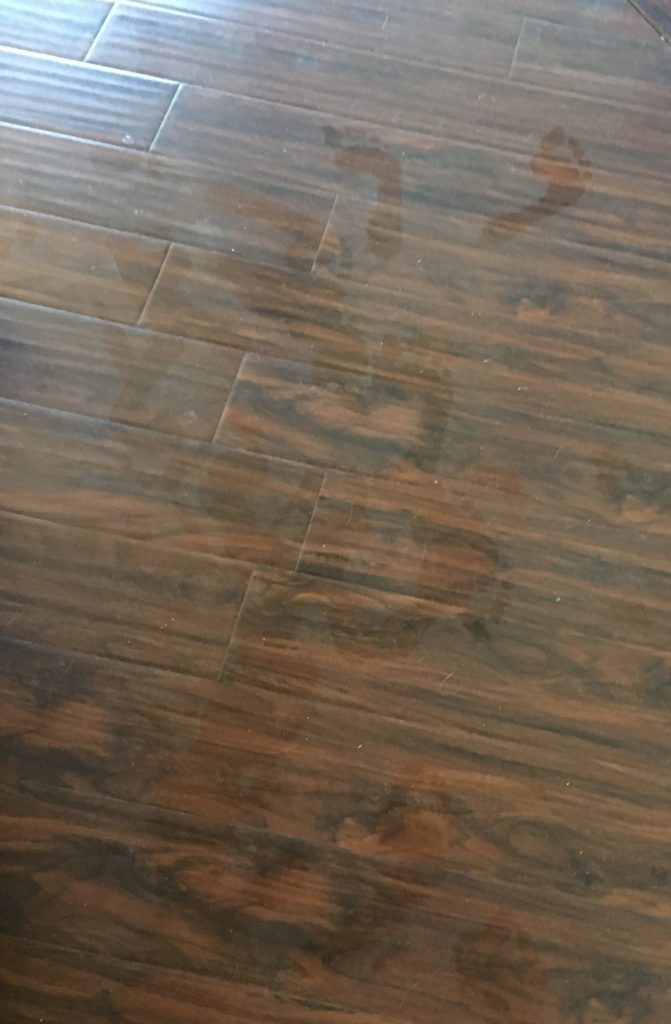
You didn’t offer to clean any of this either. Imagine breathing that in for the two weeks it took you to finish cutting and installing tile. We ended up paying a cleaning company to come remove the layer of dust from everything. Also, if you’re keeping track at home, we’re now at the 4 weeks mark. So much for 3-4 weeks.
I noticed something off immediately once the tile work was done, but I couldn’t test my theory without the glass in place. A new sub-contractor came out to explain that the glass would have to be custom made to fit into the new space. He took measurements and sent them off to a glass company. He also removed a chunk of custom baseboard we had in the garage, so he could have more made to replace what had been damaged. (
While we awaited the glass, another sub-contractor came out to paint the bathroom walls. Now, I realize that there’s no such thing as a perfect paint job, but these two spent more time smoking outside than actually painting. What painting they did was sloppy and horrific. They didn’t use protective tape or drop clothes and as such, got paint on the light fixtures, the towel racks, the toilet, the sink, the wall with an accent color, and of course, the new tile. They also damaged the door frame and tried to place the blame on us despite photo evidence showing otherwise.
When the case worker arrived to check out the damage, he was “disappointed” in the paint job and sent them back to fix it. They did a half-assed job at best, which I pointed out next visit. He wanted to send them back a third time, but I refused. Someone else came out–a man you called your “fixer.” You told me he was the guy you sent out to fix it when “sub-contractors mess up,” leaving me to believe this was a common enough issue that you needed someone on the payroll to fix things.
Another week goes by, then two, and the glass arrives. A sub-contractor installs it with caulk. And there are gaps in it. I waited the 48 hours requested for the caulk to dry and decided to test the gaps. I turned on the shower and low and behold, water flowed between the glass and the tile. Because I could turn on the shower, I was also able to test another theory I had about a potential problem.
Remember that photo with the bench? If you look at it, the drain is off-center. When I turned on the shower, the water didn’t drain properly. The water pooled off to the side, away from the drain. Even worse, the water that hit the bench ran backward towards the wall instead of running towards the drain. Also, the water that hit the glass ran towards the glass rather than tilting towards the inside of the shower. In other words, all of their angles were wrong.
Enter Mr. Fixer again. He used a level to show the case worker and me the wrong angles. Your restoration company wanted the same sub-contractors to fix it and I refused. If they got it that wrong to begin with, how could I trust them to get it right now? You grudgingly agreed and sent out another set of sub-contractors to work with Mr. Fixer. They had to rip up the bench, the floor, and the tile under the glass, which also meant removing the glass. But removing the glass was already a must because:
- you don’t use caulk to hold glass in place
- it wasn’t even tempered glass, meaning it didn’t meet code
- the glass was the wrong size, which is why there were gaps in the caulk.
Seven weeks in, and here you were reordering tile.
Nine weeks in, they’re redoing the tile, this time with the correct slopes. After they finished, they took great pains to show me the slope with the level and after 48 hours, we tested the tile together with the shower on. Sadly, the tile where the glass will be is still slightly off. They set about to fixing it, before sending off for the custom tempered glass to be made.
While we wait, another crew comes out to redo the dry wall in the stairwell and closet, which goes rather quickly. Then they have to texture it to try and match the texture on the other walls. If you’ve ever done texturing, it’s a lot like painting artwork. You’ll never get a perfect match because no two people paint alike. Despite knowing this, I expected that it would at least get semi-close. The first attempt was so different that walking into the stairwell looked like two halves of two different homes. It took them five attempts to get it passable and even then, it’s obvious one wall has been redone. Our insurance company wouldn’t cover redoing the texture for the entire stairwell, so we’re stuck with it that way unless we want to pay out of pocket.
By this point, we’re up to 5 months on a project that was supposed to take 4 weeks. I’m so far behind in my work that the stress makes me cry, yet I know we still have more to do. It’s around this time that I stop hearing from my case worker. I wait three weeks (we’re up to 6 months at this project now) for word on the glass with nothing but crickets. When another week passes, I contact your restoration company, only to be told that my case worker no longer works for the company. No one bothered to inform me of this.
Your company finally assigns me a new case worker who’s now drowning in the previous guy’s cases in addition to his own. He visits our house briefly to see what’s been done and what’s left, but it’s another month before we get going again (7 months now).
It takes a while to find out where the tempered glass is, but eventually someone comes out to install it to find that it’s the wrong size (again). New glass is ordered (again).
Now that the wall texture is done, another crew comes out to paint all the new walls and proceeds to get paint on the carpet (the good parts) and hand rails. Someone’s sent out to scrape the paint off of everything. *wince*
Eight months in, the paint is dry and it’s time for the carpet. Since we’re eight months into a project that was supposed to be one month in length, I decide that I don’t want them to replace the entire basement carpet. To do that, they’d have to pack up everything down there (which is all our books, video games, games, etc.), move everything out–including an 8′ pool table, redo the carpet, and then move everything back, unpack it all (which you know they won’t do correctly), and re-felt the pool table. Honestly, I didn’t trust you to not steal from me or break something in the process. You were insulted when I told you this, but how could you blame me after all of this?
I pointed out that we had large scraps of leftover carpet, and you assured me you could “make it work.” The crew that came out was excellent at laying out the new padding, but when it came to the carpet scraps, they had no idea what they were doing. Carpets have a direction to their weaves and if you don’t lay them down properly, the seams are visible.
I took the above picture not even 5 minutes after the carpet folks left. Note the construction dust tracked all over it by their boots. *sigh* Later that evening after sending this image (and others) to the new case worker, I was walking down stairs and managed to snag my toe on the seam.
For someone like me–a disabled person with auto-immune disorders that cause some loss of sensitivity in my right foot, this raised seam was a serious trip hazard. I called my case worker again and updated him to this issue. Several days passed with no word, so I called my insurance company. I knew they wouldn’t want a trip hazard, and once notified, they reached out to you. More money was given to the claim to ensure that the carpet would be completely fixed.
Problem was, I still didn’t want to redo the entire carpet. The amount of time it would take to do that was too much. We were sitting at nine months on the project and honestly, I’d lost too much time and energy to it. Besides, the carpet people had taken all of our scraps and there should have been plenty to fix this with. That’s when my case worker called to inform me that the carpet had been “thrown away,” and thus, we had nothing to fix this with.
Another set of carpet people arrived to attempt to fix it. They discovered that the carpet’s unevenness came from using too much padding. It didn’t match what was already there. Replacing the padding removed the majority of the trip hazard, but the seam was still visible. Seams like that lower the value of my house should I resell it. My case worker told me no one would ever notice. I pointed out that I would and had when I was house shopping. We’d passed on several houses because of issues like that. I suggested that we remove the carpet at the base of the stairs and replace it with the hard wood we have upstairs. A transition strip could be placed in the doorway, which would smooth over the seam and solve our problems.
Now remember, my case worker was assumably overloaded with too many restorations (and apparently stopped working at 3 PM), so the carpet resolution didn’t happen fast. After another month of back and forth, plus two weeks of the winter holidays, I was informed that my idea could work and would be dealt with after the glass in the bathroom. The glass was finally finished and installed correctly, though it took another three days to cure and set.
Almost eleven months into this, I was informed that the restoration company didn’t have a sub-contractor who would take on such a “small” flooring project. At this point, I was ready to pull all my hair out. A restoration company’s job is to ensure that everything is put back in such a way that:
- You don’t realize damage has ever been done and thus, everything is restored to what it was or better
- You don’t lose value in your house due to sub-par repair or replacement
I called our insurance company, who informed me that I could have a contractor of my choice do that portion of the work and not pay your company for it, which is what we ended up doing in the end. (Keep this in mind for later.)
My case worker called at this point informing me that everything was done and they were ready to settle the bill. I couldn’t help but laugh when him reminded him of the baseboards that still needed replacing. Problem was, you had no idea where the base board I’d given you was. The previous sub-contractor under the previous case worker had “done something” with it, but no one knew what.
It was twelve months–ONE YEAR–in when the case worker told me the baseboard had been lost by the sub-contractor. You had to tear up good baseboard from my home to send off for custom work to be done. Two weeks later, the case worker arrived with our base board, only to find that it was wrong. It didn’t match the design work at all (we have nice molding on it). We waited another two weeks while the base board was made, pushing us into thirteen months.
Once the baseboard was painted, it was installed and finally, we were done with the renovation, but our hell was still in full swing as the case worker visited our home regarding the bill.
NOTE: We later discovered that what the adjuster and renovation team had called “custom baseboard” was actually crown molding from Home Depot. Someone had flipped it upside down and applied it where traditional baseboard goes. Odd, but it worked. The stuff is mold resistant meaning the cleanup team didn’t need to throw it away. All they needed to do was clean it with bleach and reinstall it. If they didn’t want to risk that, they could’ve purchased it new from Home Depot for $11.55 a piece. We discovered this on accident while going through the store with my very handy-inclined father.
See, here’s the deal. We didn’t have to replace the entire carpet downstairs, which included packing everything up, refelting the pool table, etc. So in reality, while the claim was for $21,000, when you subtracted the bits for moving, packing, etc., you were only owed $16,000. You agreed to this amount in a notarized document required by our mortgage company. But really, we owed you less than that because we didn’t use all the money allotted for the tile and flooring. We didn’t have any bullnose and the glass made for us was cheaper than the replacement cost of what we lost. In reality, we probably owed you closer to $13,000. So imagine my surprise when my case worker claims that I owe more than the $16K because your company “had to redo lots of the work.”
I am not responsible for your mess ups.
If your sub-contractors fuck up, that’s on you–not me. I don’t pay for you to make right what was done wrong. I told the case worker this, and he made excuse after excuse as to why I was wrong. I emailed you, the owner, directly, attaching not only the notarized document bearing your signature but also my rationale on why I didn’t owe you a penny over the agreed upon amount. It only took one phone call to our insurance adjuster for you to agree with the 16K. Honestly, that’s still more than you deserve, but we paid it. Fourteen months later and we were finally free of you, or so we thought.
Six months later, or twenty months into this entire fiasco, we get a phone call from your restoration company saying that we had not “paid our bill.” When I explain to you that yes, we had paid the $16,000 and had the checks to prove it, we were asked for proof, which we provided. Then you came back and said this call wasn’t about the 16K, but the initial $2500 of the emergency cleanup. I laughed when I said that had been paid as well and sent you the letter from our insurance adjuster stating this bill had been paid directly from insurance. I contacted insurance, who also backed up that yes, you had been paid. You claimed you never received the check but agreed to take it up with the insurance company. Again, we thought we were done.
Four months later–a full two years from when our house flooded–we get another phone call. Another secretarial-hand-not-talking-to-the-foot who claims we didn’t pay our bill. When I ask the amount, I am not surprised that it was in the amount of $2500. I explain to you that this has been paid and sent you the letter. Again. You claim you weren’t paid.
I call insurance, who proceeds to send you a copy of the check–the original check from almost two years ago–where you not only endorsed it but deposited it in your account.
In other words, you were very, very much paid.
Two years of contractor hell to restore damage from a relatively small leak. I shudder to think of how long it would’ve taken for something serious, say full-house flood from a hurricane or a house fire.
In the end, our bathroom isn’t as good as it was, but at least it’s not leaking and at least we aren’t still dealing with you.
We’re currently taking bets on how many months it’ll be before you claim we haven’t paid you, at which point, you’ll be hearing from our attorney.
________________________________
Note to Readers: This experience taught me some difficult lessons for sure. Some of them I already knew but wasn’t as diligent on because I trusted our insurance company to have our best interest in mind. Nope. Big mistake. Here’s what I learned:
- Even if your insurance company and ten nextdoor neighbors recommend a place, always thoroughly vet them. Check your state licensing board. Check Yelp and other review sites.
- Always watch the contractors. They will mess up. That means don’t schedule writing time or a book release while undergoing home improvement and/or restoration. It won’t happen and you’ll only cry.
- Hire places that do their own work or have their own employees vs. hiring sub-contractors. Local is often better for this.
- Everyone is out to get your money or cover their own ass. No one is watching your ass but you.
- You get what you pay for.
If you ever have need of a restoration company, hopefully your experience goes better than ours. Honestly, I hope you never need one to begin with.

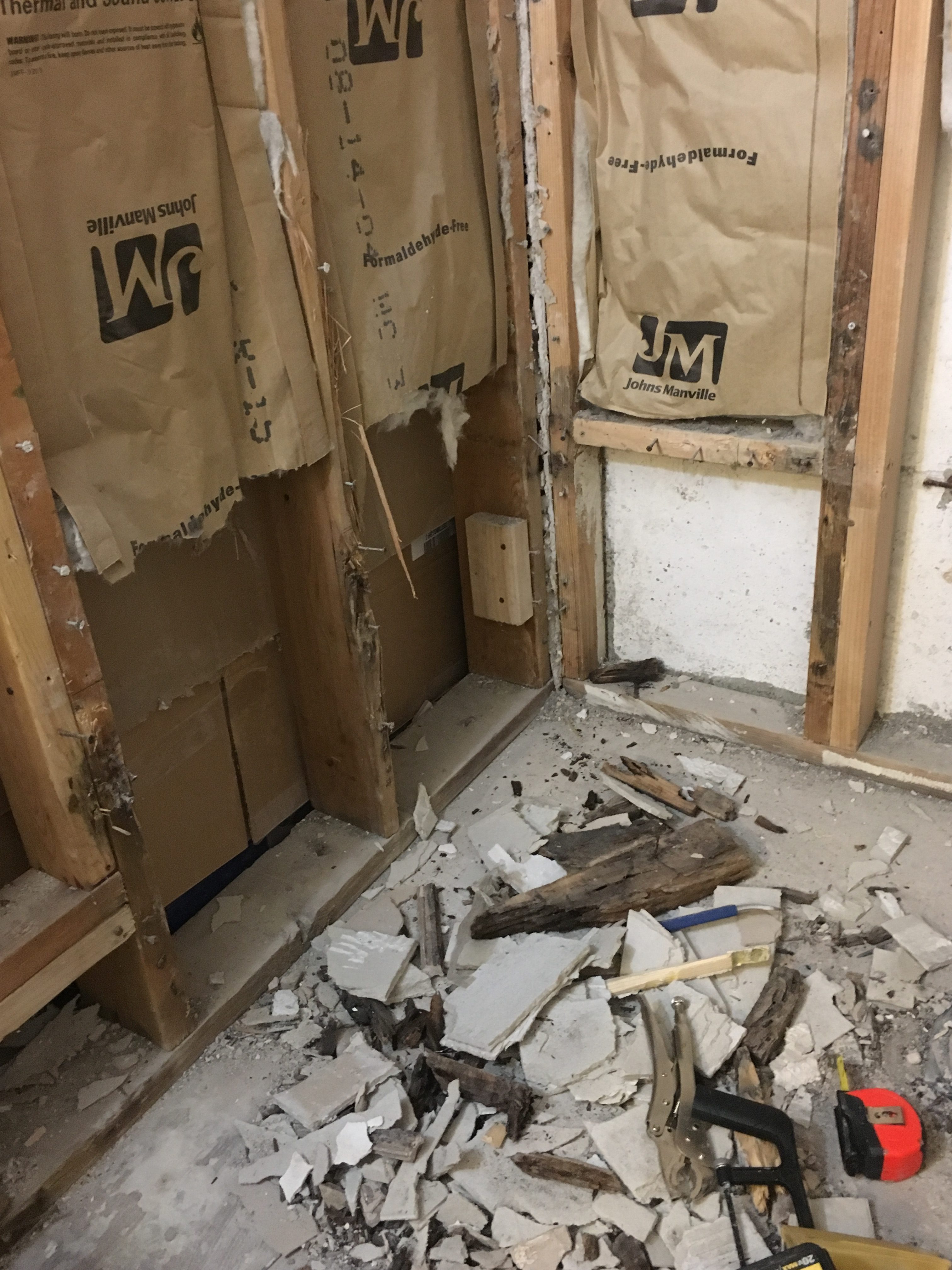
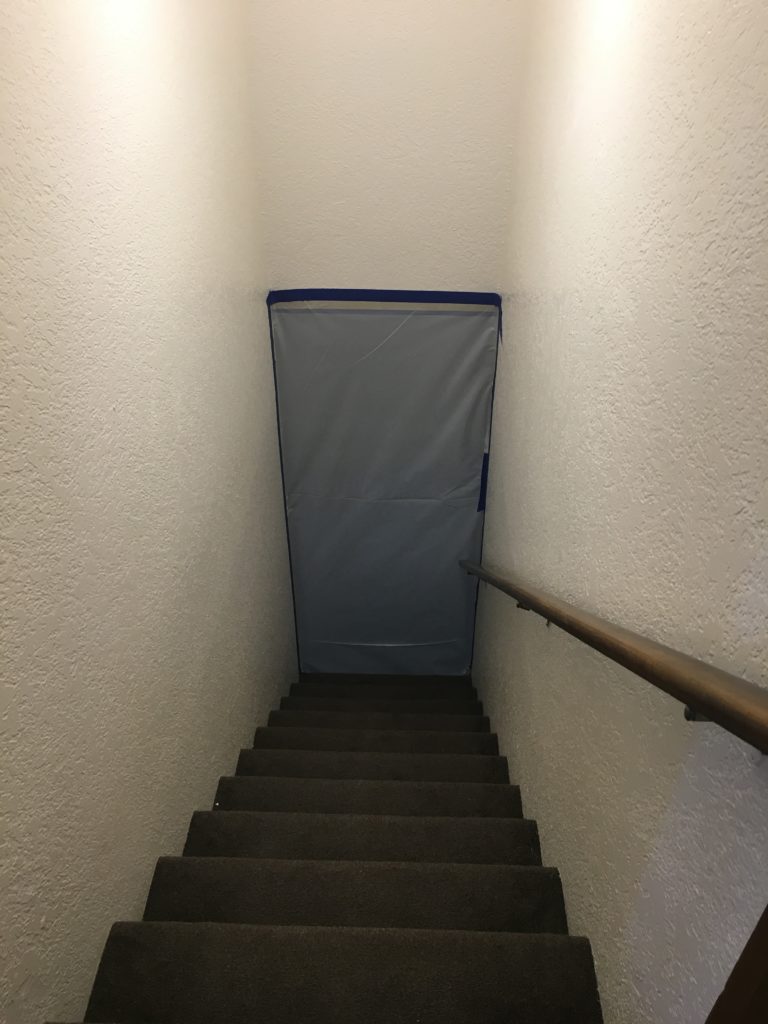
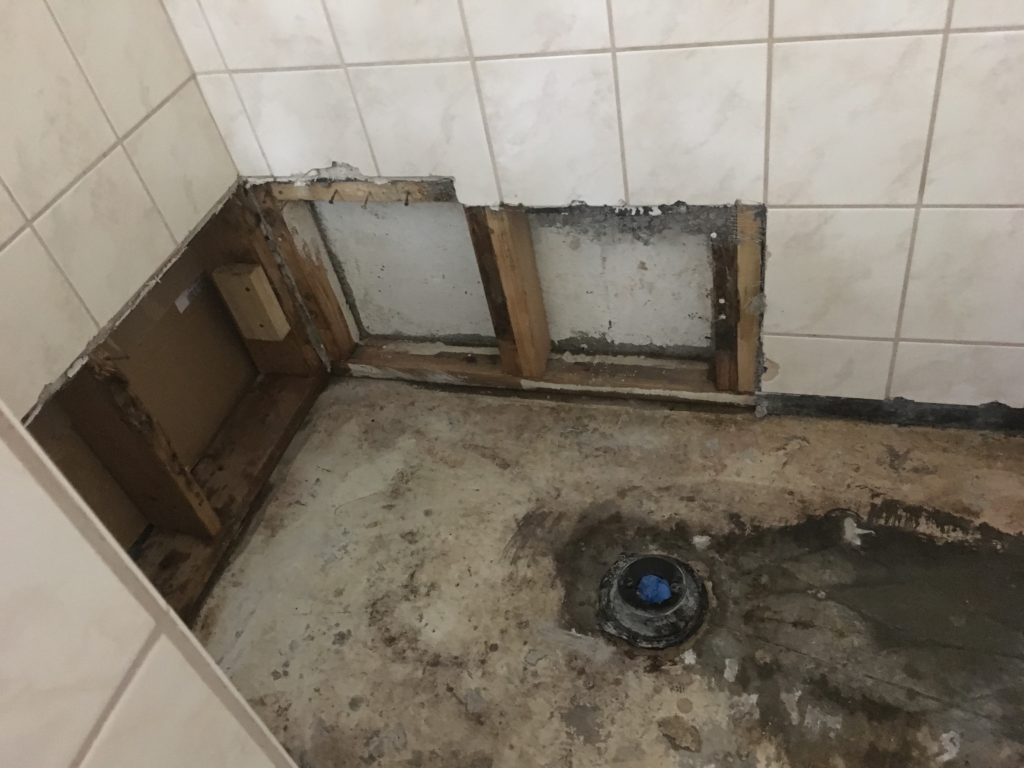
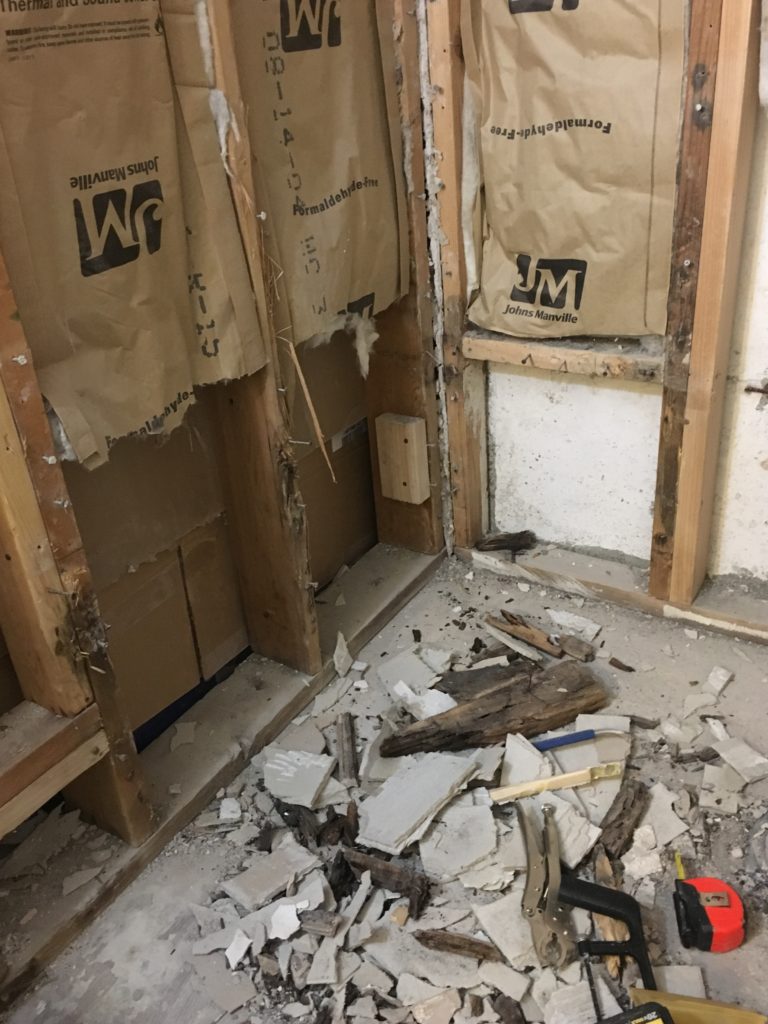
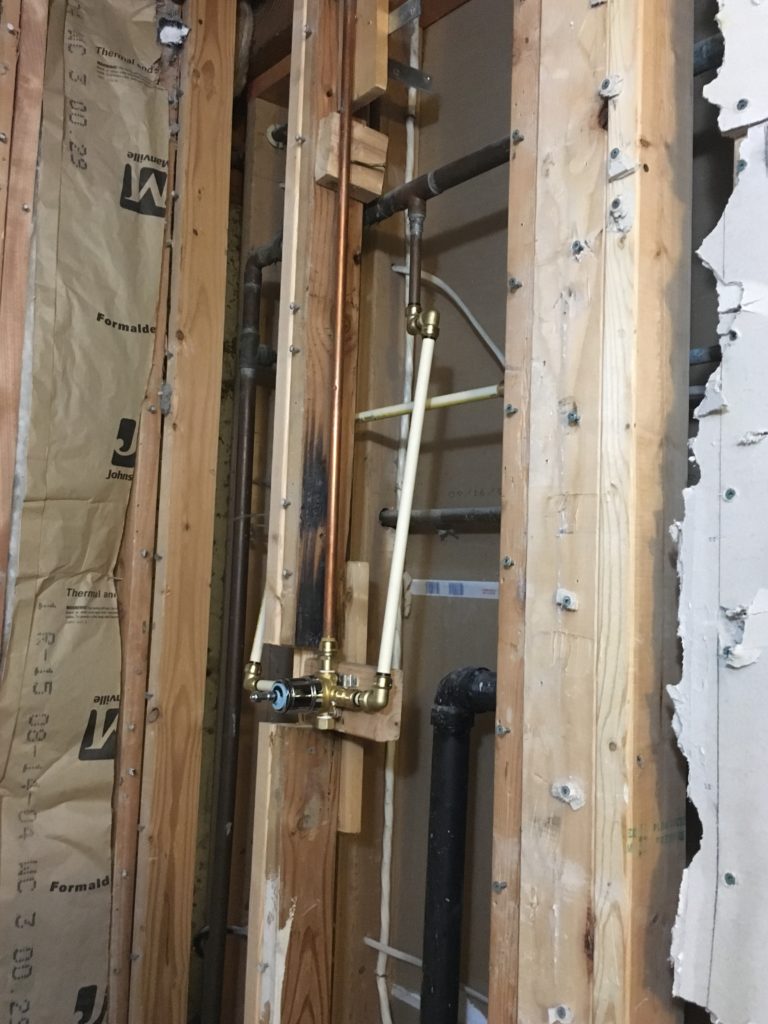
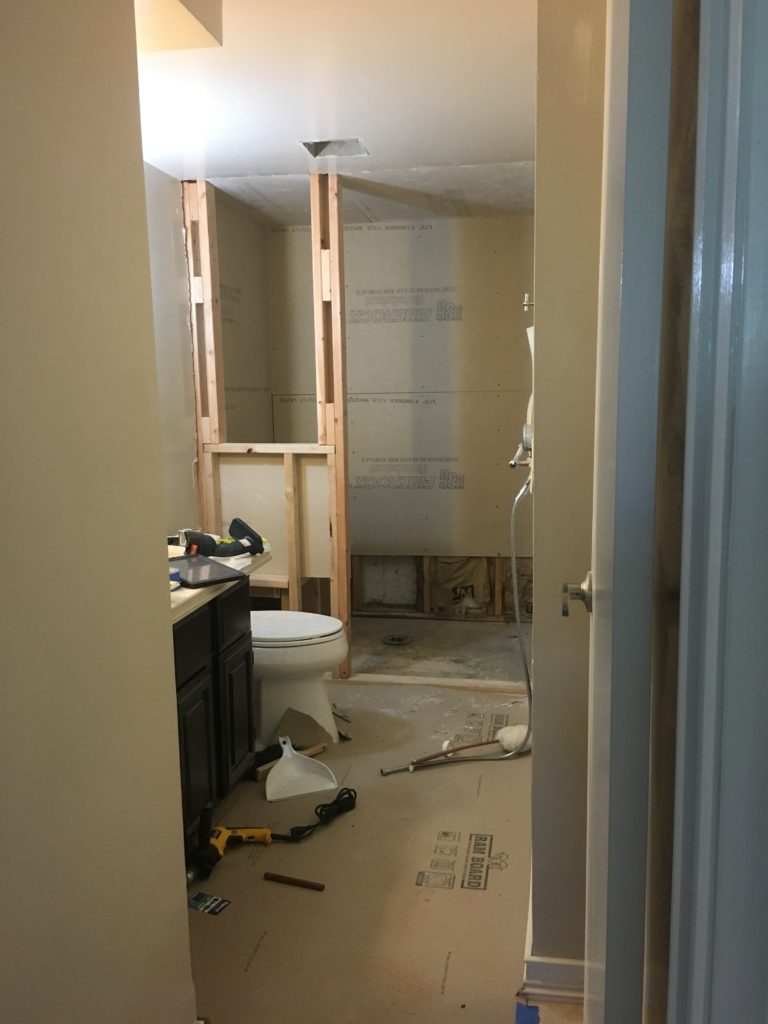
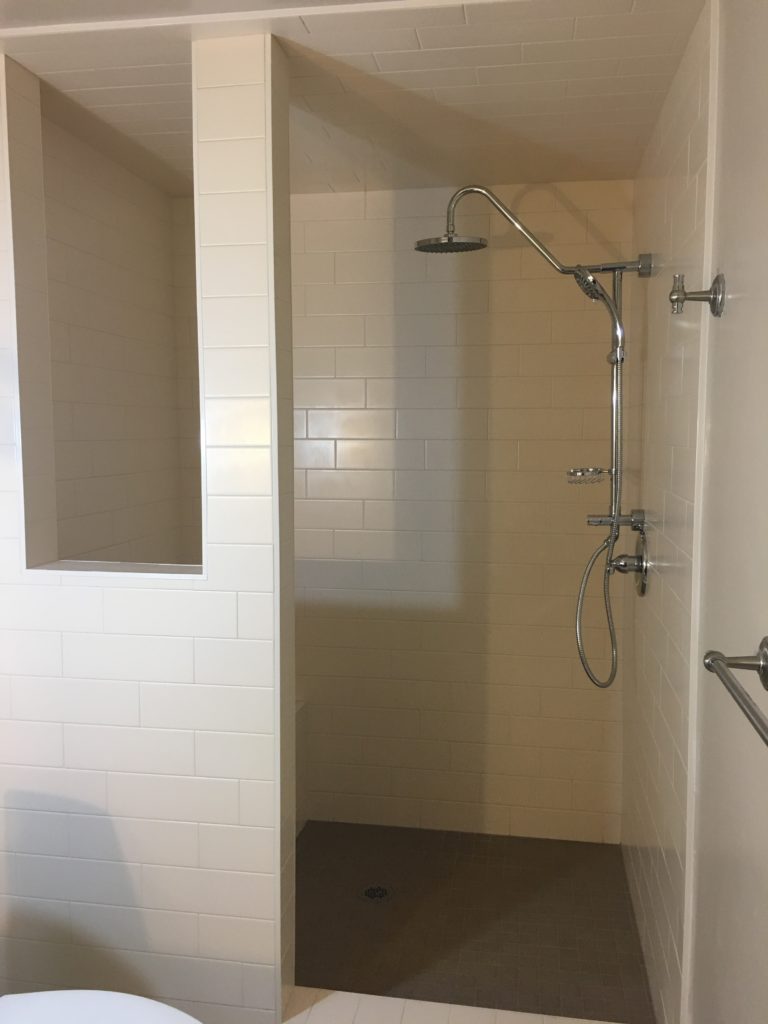
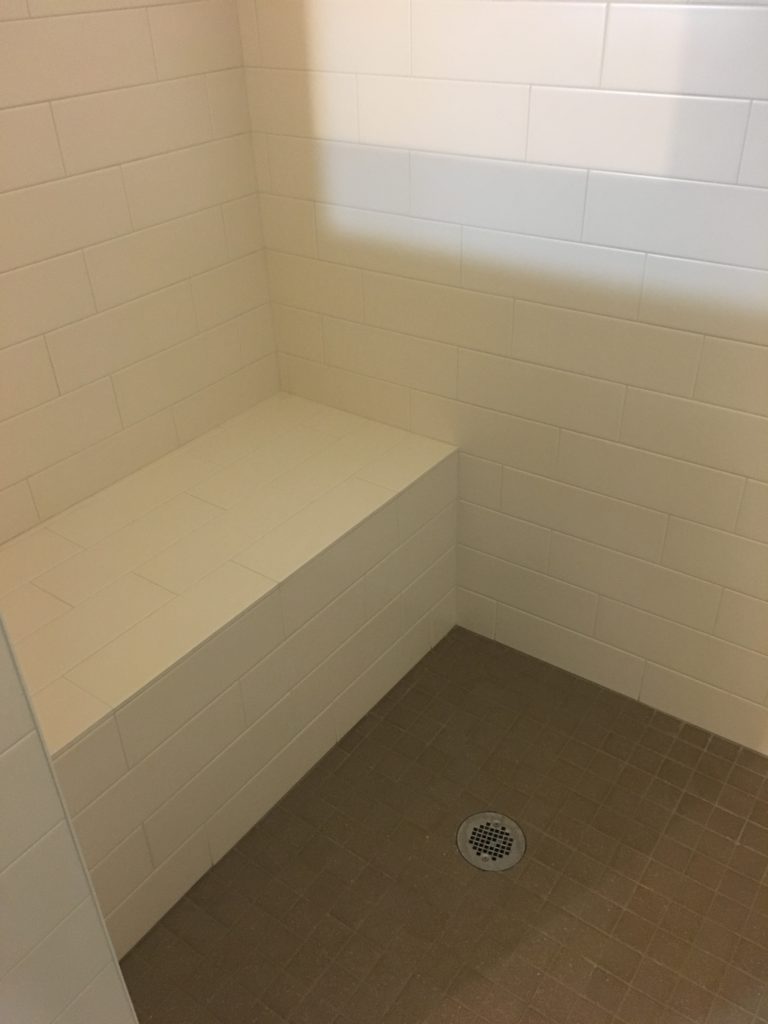
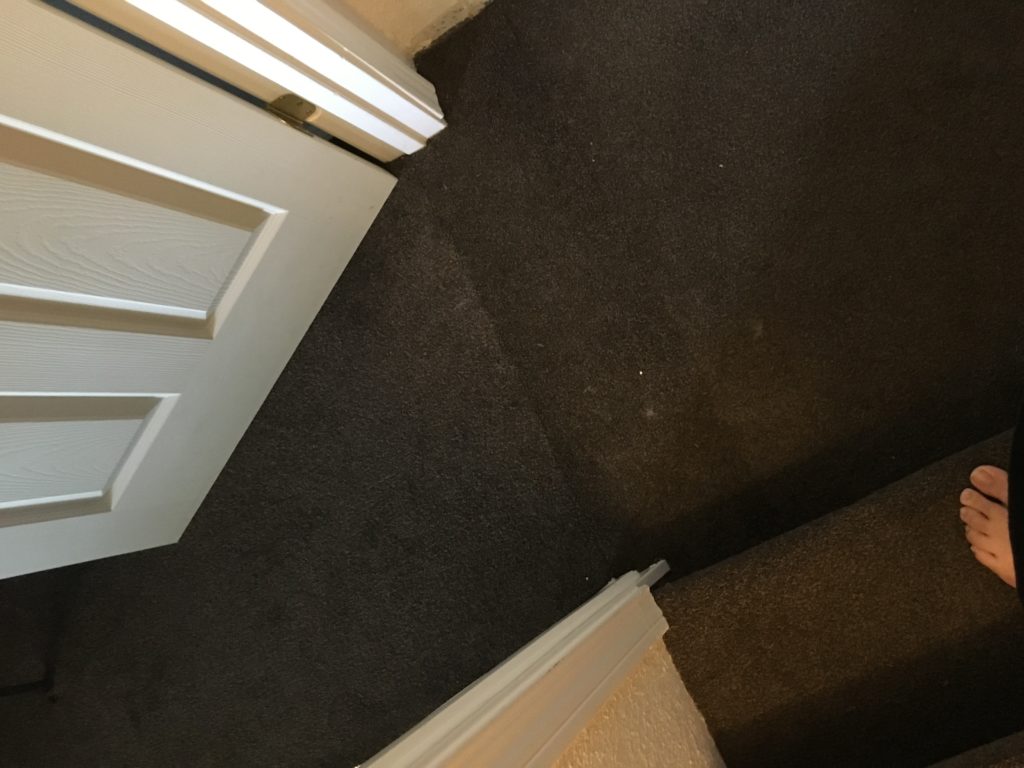

One Reply to “Dear Home Restoration Co.”